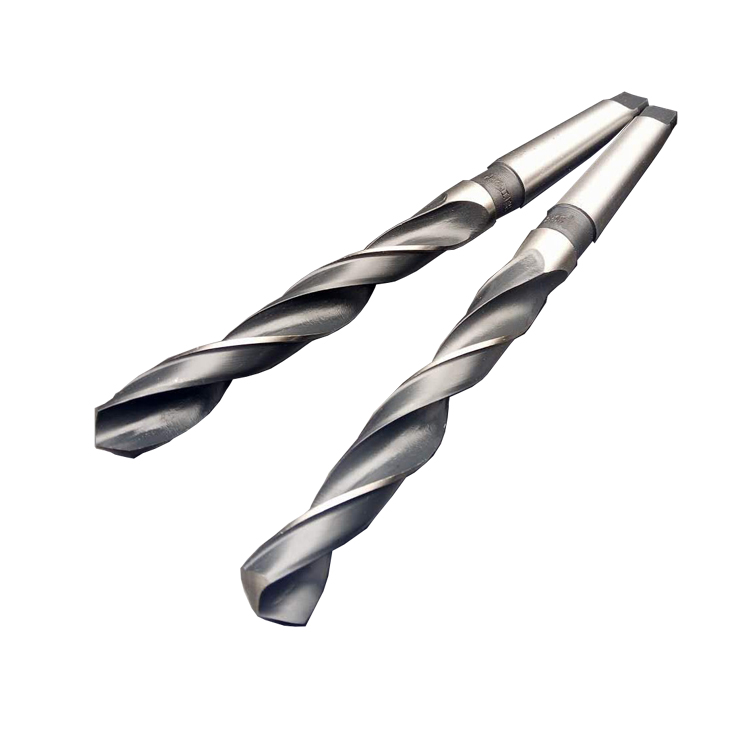carbide tipped dead center Factories
Carbide tipped dead center Factories are essential for precision machining, providing stable and accurate support for workpieces in lathes and grinding machines. These centers, with their durable carbide tips, offer exceptional wear resistance and maintain accuracy over extended periods. This article explores the key considerations when selecting a carbide tipped dead center factory, the types of centers available, and the factors influencing their performance.
Understanding Carbide Tipped Dead Centers
Carbide tipped dead centers are precision tools used in machining operations to provide a stable and accurate axis of rotation for workpieces. They are primarily used in lathes, grinding machines, and other rotary machining equipment. The key feature of these centers is the carbide tip, which provides exceptional hardness and wear resistance, allowing them to maintain accuracy and stability even under heavy loads and high speeds.
Advantages of Carbide Tips
The primary advantage of using a carbide tip is its superior wear resistance compared to traditional steel tips. This translates to:
- Extended lifespan: Carbide tips last significantly longer than steel tips, reducing the need for frequent replacements.
- Improved accuracy: The hardness of carbide helps maintain the center's point geometry, ensuring consistent accuracy throughout its lifespan.
- Higher load capacity: Carbide tips can withstand higher axial loads, making them suitable for demanding machining applications.
- Reduced downtime: Fewer tool changes mean less machine downtime and increased productivity.
Types of Carbide Tipped Dead Centers
Several types of carbide tipped dead centers are available, each designed for specific applications and performance requirements:
Standard Dead Centers
Standard dead centers are the most common type and are suitable for general-purpose machining. They feature a fixed point and are used for supporting workpieces during turning, grinding, and other operations.
Live Centers
Live centers, also known as revolving centers, contain internal bearings that allow the center point to rotate with the workpiece. This reduces friction and heat generation, making them ideal for high-speed machining and heavier loads. Many live centers incorporate carbide tipped points for enhanced durability.
Pipe Centers
Pipe centers are designed specifically for supporting pipes and tubes during machining. They feature a large diameter conical point that fits inside the pipe, providing stable support and preventing deformation. The carbide tipped version offers the same advantages of enhanced durability and extended life.
Bull Nose Centers
Bull nose centers have a large, rounded point that provides a broad contact area with the workpiece. This is particularly useful for supporting thin-walled or delicate parts that might be damaged by a pointed center. Bull nose centers can also be carbide tipped for increased wear resistance.
Insert Centers
Insert centers utilize replaceable carbide tipped inserts, offering a cost-effective solution for maintaining accuracy. When the insert wears out, it can be easily replaced without replacing the entire center.
Selecting a Carbide Tipped Dead Center Factory: Key Considerations
Choosing the right carbide tipped dead center factory is crucial for ensuring the quality, reliability, and performance of the centers you purchase. Consider the following factors when making your selection:
Experience and Reputation
Look for factories with a proven track record of producing high-quality carbide tipped dead centers. Check their online reviews, customer testimonials, and industry reputation to gauge their reliability and commitment to quality. Companies like Wayleading Tools, known for precision machining tools, often have a strong reputation and extensive experience in this field.
Manufacturing Capabilities and Technology
Ensure that the factory has the necessary manufacturing capabilities and technology to produce centers to your specifications. This includes CNC machining, grinding, heat treatment, and quality control equipment. The factory should also be able to provide detailed information about their manufacturing processes and quality control procedures.
Material Quality and Certification
The quality of the materials used in the center, particularly the carbide tip, is critical to its performance and lifespan. Ensure that the factory uses high-quality carbide grades and can provide material certifications to verify the composition and properties of the carbide. Common carbide grades include K10, K20, and WC-Co (Tungsten Carbide-Cobalt).
Precision and Accuracy
The precision and accuracy of the center are paramount. The factory should be able to provide documentation verifying the center's runout, concentricity, and other critical dimensions. Look for centers with a runout of 0.0001' (0.0025mm) or less for high-precision applications. High precision grinding machines are critical for reaching such low runout.
Customization Options
If you require custom-designed centers or specific modifications to standard centers, choose a factory that offers customization options. This may include different point angles, shank sizes, or special coatings. Communicating your exact requirements to the factory is essential to ensure that the centers meet your needs.
Pricing and Lead Time
Consider the pricing and lead time offered by different factories. While price should not be the sole determining factor, it is important to find a balance between quality and cost. Also, ensure that the factory can meet your required delivery schedule. For custom orders, lead times might be longer.
Customer Support and Service
Evaluate the factory's customer support and service capabilities. They should be responsive to your inquiries, provide technical assistance, and offer after-sales support. A reliable factory will stand behind their products and provide assistance if any issues arise.
Factors Affecting Carbide Tipped Dead Center Performance
Several factors can influence the performance and lifespan of carbide tipped dead centers. Understanding these factors can help you optimize your machining processes and maximize the value of your investment.
Load Capacity
The load capacity of a center is the maximum axial load it can withstand without deformation or failure. Exceeding the load capacity can damage the center and compromise accuracy. The load capacity is usually specified by the manufacturer.
Speed Rating
The speed rating indicates the maximum rotational speed at which the center can operate without excessive heat generation or wear. Operating a center beyond its speed rating can shorten its lifespan and reduce its accuracy.
Lubrication
Proper lubrication is essential for reducing friction and heat generation, especially when using live centers. Use a high-quality lubricant that is compatible with the center's bearings and seals. Regular lubrication is crucial for maintaining the center's performance and extending its lifespan.
Maintenance
Regular maintenance, including cleaning, lubrication, and inspection, is crucial for maintaining the center's accuracy and reliability. Clean the center regularly to remove chips and debris. Inspect the center point for wear or damage, and replace it if necessary. For live centers, check the bearings for smoothness and replace them if they are worn or damaged.
Example Data Table
The following table compares the specifications of different carbide tipped dead centers from various manufacturers. (Please note that the values are demonstrative and should be confirmed on the respective manufacturer's website.)
| Center Type | Carbide Grade | Runout (in) | Max RPM | Load Capacity (lbs) |
|---|---|---|---|---|
| Standard Dead Center | K10 | 0.0002 | 2,000 | 500 |
| Live Center | K20 | 0.0001 | 5,000 | 1,000 |
| Bull Nose Center | WC-Co | 0.0003 | 1,500 | 750 |
Disclaimer: Specifications are examples and may vary by manufacturer.
Conclusion
Selecting the right carbide tipped dead center factory requires careful consideration of several factors, including experience, manufacturing capabilities, material quality, precision, and customer support. By understanding the different types of centers available and the factors affecting their performance, you can make an informed decision and ensure that you purchase high-quality centers that meet your specific machining needs. Regular maintenance and proper usage are essential for maximizing the lifespan and accuracy of your carbide tipped dead centers. For all your precision tooling needs, consider companies like Wayleading Tools for reliable and high-performance solutions.
References: (Please note these are example references, replace with actual sources used.)
- [Example 1] Carbide Grades and Their Applications - [Hypothetical Website]
- [Example 2] Precision Machining Techniques - [Hypothetical Journal]
Related products
Related products
Best selling products
Best selling products-
 Type M Cone Tungsten Carbide Rotary Burr
Type M Cone Tungsten Carbide Rotary Burr -
 HSS Metric & Inch Woodruff Keyseat Cutter With Straight Or staggered Teeth
HSS Metric & Inch Woodruff Keyseat Cutter With Straight Or staggered Teeth -
 Type H Flame Tungsten Carbide Rotary Burr
Type H Flame Tungsten Carbide Rotary Burr -
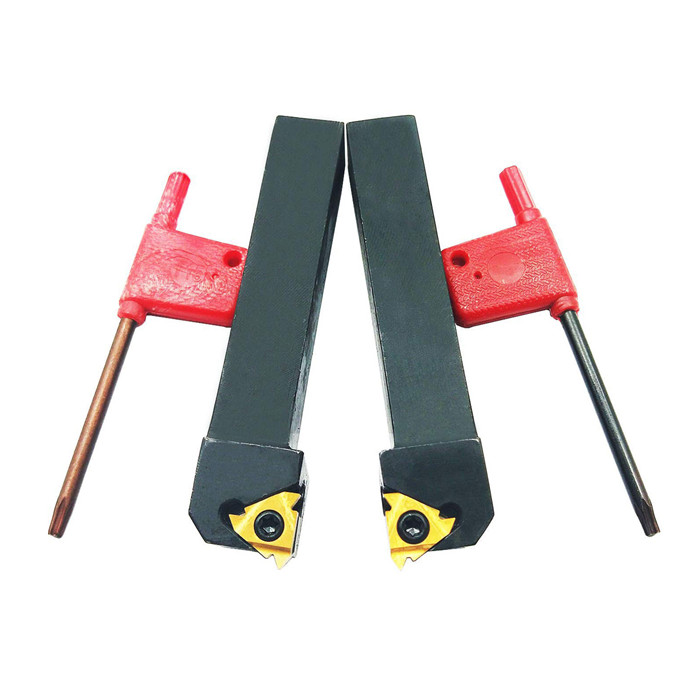 Indexable SER & SEL Threading Tool Holder With Metric & Inch Size
Indexable SER & SEL Threading Tool Holder With Metric & Inch Size -
 Stub Milling Machine Arbor With NT, R8 and MT Shank
Stub Milling Machine Arbor With NT, R8 and MT Shank -
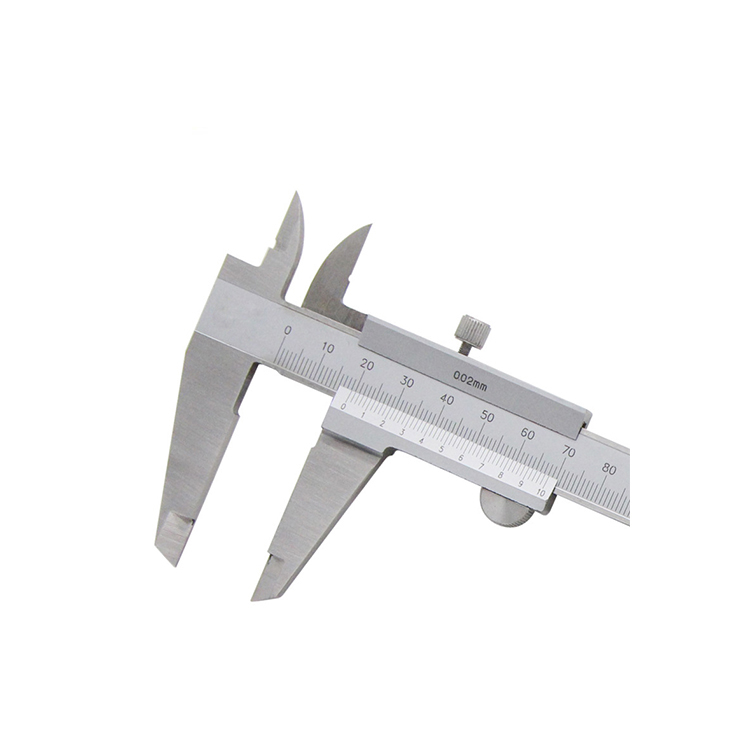 Precision Monoblock Vernier Caliper Of Metric & Imperial For Industrial
Precision Monoblock Vernier Caliper Of Metric & Imperial For Industrial -
 Precision 8pcs & 9pcs Angle Blocks Set With High Quality Type
Precision 8pcs & 9pcs Angle Blocks Set With High Quality Type -
 HSS Metric 4 Flute End Mills With Bright Or TiN And TiAlN Coated
HSS Metric 4 Flute End Mills With Bright Or TiN And TiAlN Coated -
 Indexable Square Shoulder End Mill For Industrial
Indexable Square Shoulder End Mill For Industrial -
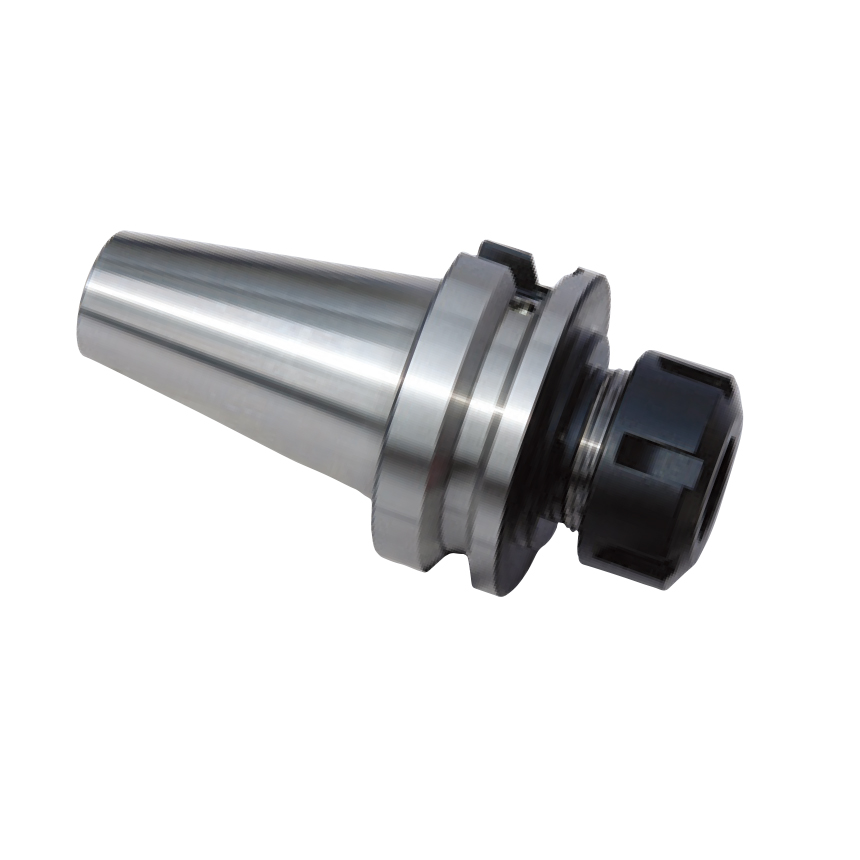 CNC BT-ER Spring Collet Chuck For CNC Machine
CNC BT-ER Spring Collet Chuck For CNC Machine -
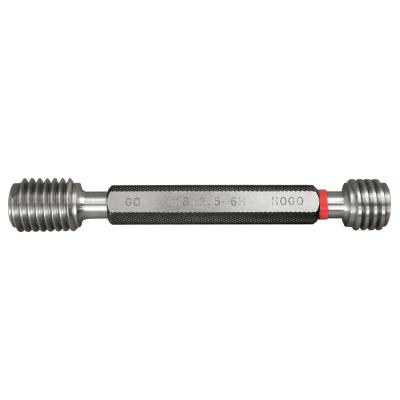 Metric Thread Plug Gauge 6H Accuracy With Go & NO Go
Metric Thread Plug Gauge 6H Accuracy With Go & NO Go -
 CNMG & CNMM Turning Insert For Indexable Turning Tool Holder
CNMG & CNMM Turning Insert For Indexable Turning Tool Holder





